What Is High-Pressure Cleaning
High-pressure cleaning of facades is a cleaning process such as scrubbing, hydrogumming, sanding, sanding, peeling, nebulizing, high-pressure cleaning and chemical cleaning. High-pressure cleaning alone is an aggressive cleaning technique with water spray on facades, bricks, and pavement, for example.
Only a professional can accurately determine the cause of your moisture problem and propose the appropriate treatment(s). Asking for a diagnosis is essential for:
– greasy dirt;
– dust;
– black dirt;
– paint residue / Graffiti Removal.
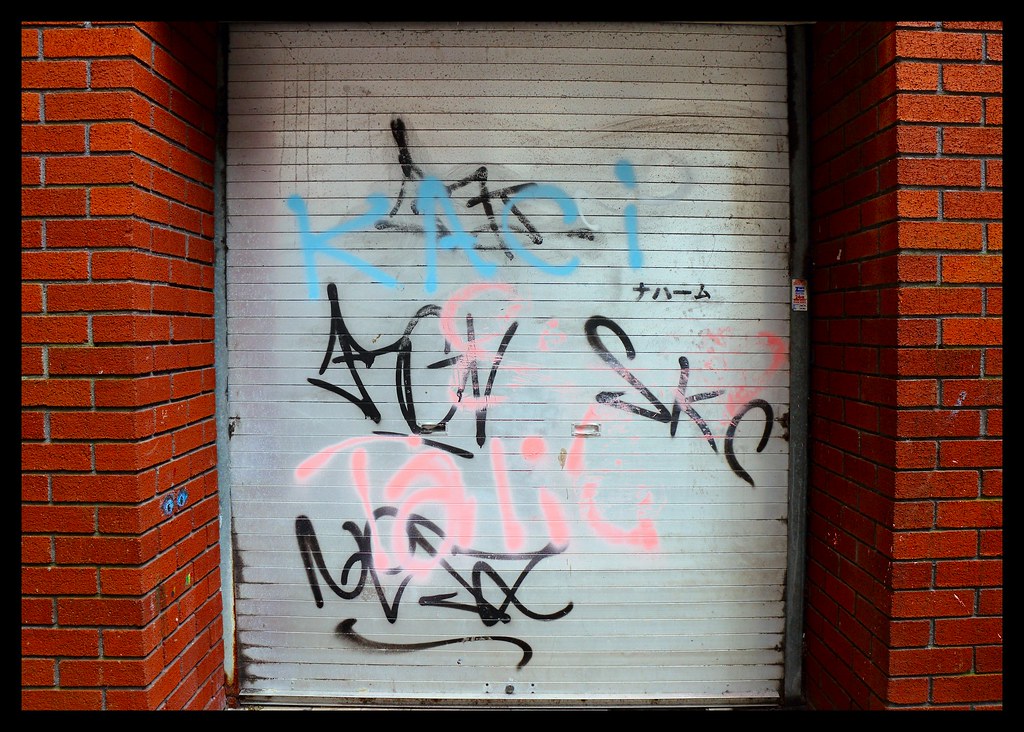
Why Choose High-Pressure Cleaning?
High-pressure cleaning is particularly used for the maintenance of facades and to reduce the accumulation of dirt.
Annual cleaning will prevent permanent dirt provided it has been treated with a water-repellent product and an anti-foam treatment.
Already clogged facades are thoroughly cleaned of atmospheric dirt, especially greasy dirt with the use of hot water.
This type of cleaning should not be used on surfaces that are in poor condition, degraded sealings and where there is a risk of infiltration.
Who Can Do the Front High-Pressure Cleaning?
High-pressure cleaning can be carried out by professionals or private individuals with the use of a high-pressure cleaner.
It is possible to rent high-performance machines with tanks for adding treatment products and a choice of nozzles or even roto brushes.
Some Precautionary Measures Before Using the High-Pressure Cleaner
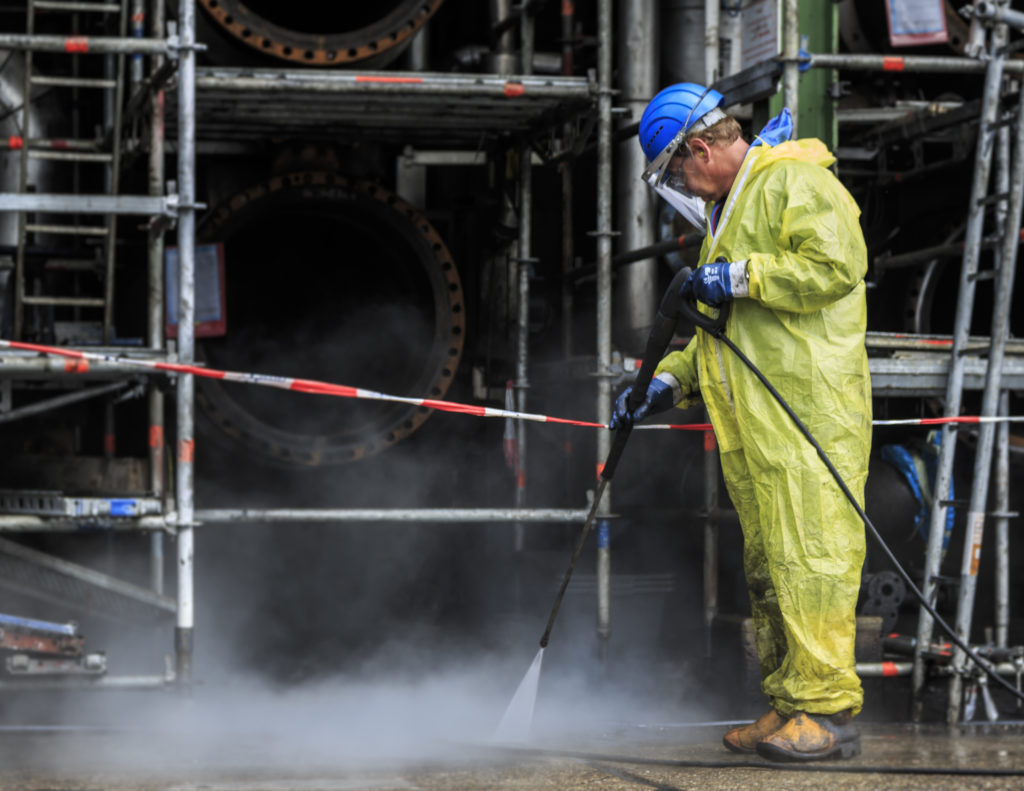
Before performing high-pressure cleaning of your facade, for example, it is necessary to protect areas that are not cleaned, such as windows, and protect the surroundings from splashing water.
It is also essential to wear protective clothing, goggles, a mask and a pair of gloves to prevent water and dirt from getting into your eyes, nostrils, and pores of your skin.
Here Are the Steps for High-Pressure Cleaning:
Apply treatment products, if necessary, to the facade to be treated to soften biological dirt, greasy dirt, etc. You can simply apply soaps or wetting agents.
Apply the products with a sprayer, leave on for 30 minutes, brush and rinse with a high-pressure jet.
Start from the top and work your way down the front, from right to left or from left to right as you wish, holding the spray nozzle about 50 cm from the front.
Adjust the pressure so that it is not too high. Adapt it to the type of material, if necessary, carry out tests.
How to Choose Your High-Pressure Cleaner
There are 2 main types of high-pressure cleaners: electric and thermal.
Most consumer high-pressure cleaners are now equipped with an electric motor.
Description of the Electric High-Pressure Cleaner
An electric high-pressure cleaner is a device that provides pressure through an electric cable. It collects water via a tap of ordinary pressure.
Electric High-Pressure Cleaners Fall into Two Categories:
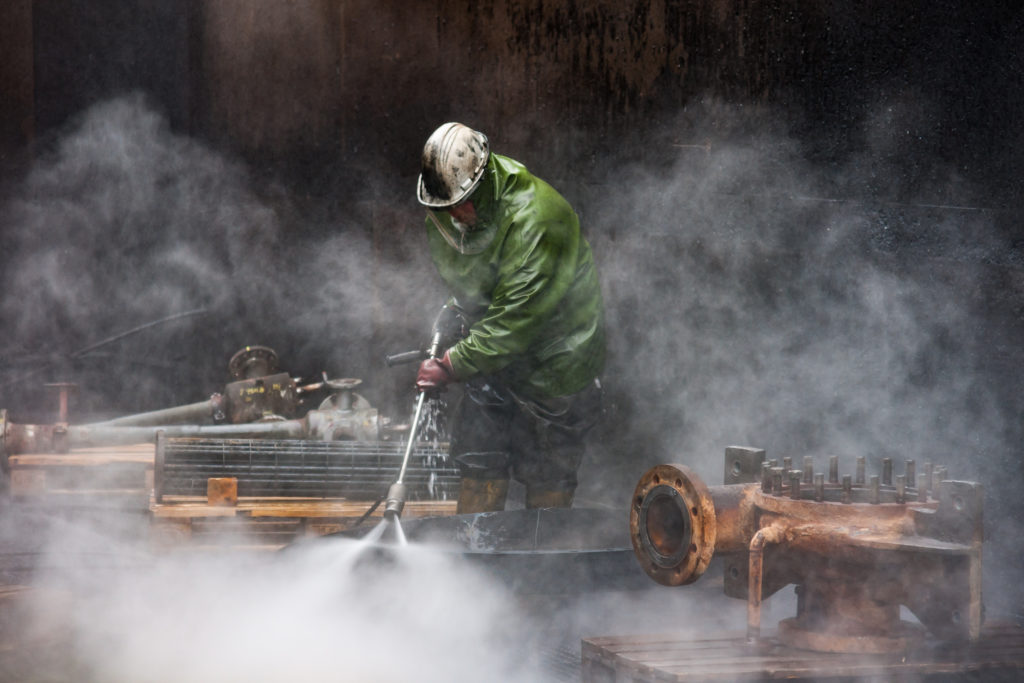
– Hot water operation: the most efficient.
– Coldwater operation: the most common.
Features of the High-Pressure Cleaner
An electric high-pressure cleaner must be chosen according to purchasing criteria:
Cleaning Power
The power depends on the pressure and water flow. This power is measured in Watts, it is the multiplication of the flow rate and the pressure. The more intensive the work to be done with the machine, the more powerful it will need:
– Power of 2,000 Watts: the general public.
– 2500 Watts power: pro and semi-pro.
– Beyond that: industrial.
Pressure Types
The higher the pressure, the more effective the cleaning.
– The pressure of 160 bar: the general public.
– Pressure up to 200 bar: pro and semi-pro.
– Pressure up to 220 bar: industrial.
Water Flow Rate
Expressed in litres per minute, the higher the water flow rate, the more efficient the cleaning.
– Water flow rate up to 600 litres per hour: private individuals.
– Water flow rate up to 1,000 litres per hour: pro and semi-pro.
– Water flow rate up to 1200 litres per hour: industrial.
Good to know: water and electricity do not mix well: in order to be able to handle your device with a minimum of comfort and safety, make sure you choose a model with a cable of at least 4 metres.
Autonomy:
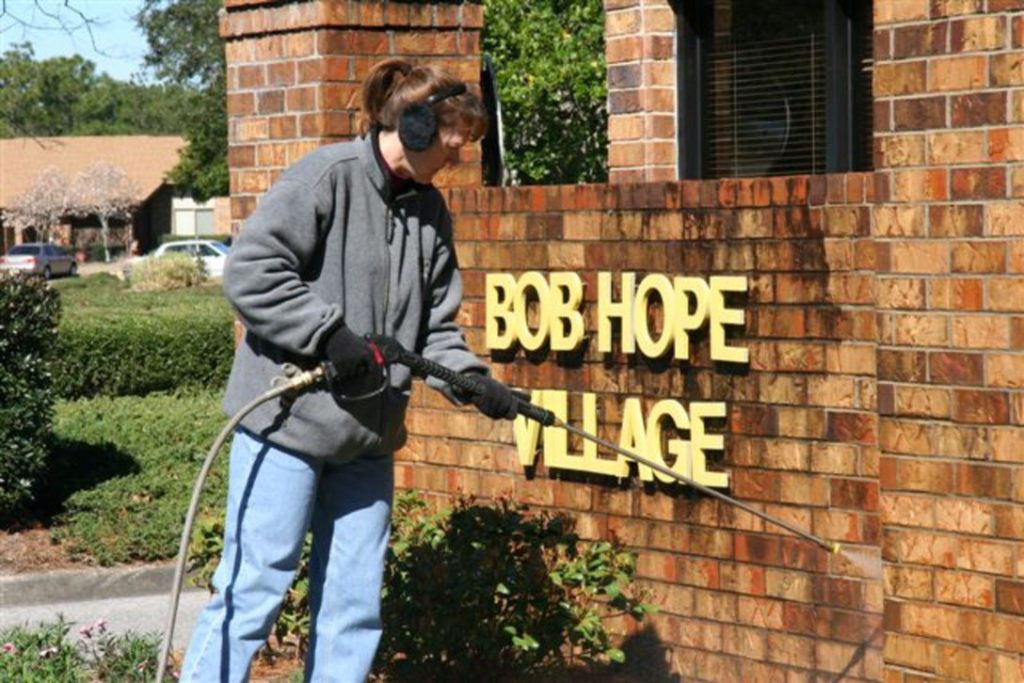
– Less than an hour: private individual, occasional use: terrace, garden furniture, garage floor.
– From 1 to 2 hours: pro and semi-pro, daily use: cleaning large surfaces, vehicles.
– From 2 to 8 hours: industrial, intensive use: cleaning of machines, vehicles and engines.
Find below the criteria to consider when purchasing an electric high-pressure cleaner:
Pressure Water Flow Rate:
– Private individuals 100-120 bars 300-400 litres/hour
– Pro and semi-pro 120 bars 450 litres/hour
– Industrial 140 bars 600 litres/hour
Advantages and Disadvantages of the Electric High-Pressure Cleaner
Advantages:
– Ease of use and maintenance.
– The many possible applications.
Disadvantages:
– Work with an electrical cable in contact with water, even if most of the time this does not disturb the safety of the device.
– Used frequently, the high-pressure cleaner consumes a lot of electricity.
Price of the Electric High-Pressure Cleaner
Below is a price range for electric high-pressure cleaners:
Entry Level High End
Electric high pressure cleaner $70.00 $2 700.00
Finally, you may not be willing that much for a pressure cleaner that you might not have time to use, store and maintain. You might also not be willing to dirty your hands or get tired in the process of high-pressure cleaning. In such events, calling a professional like 360 Pressure Cleaning to do the job is a much better option. They specialize in all types of domestic and industrial brick cleaning services in Melbourne, VIC.

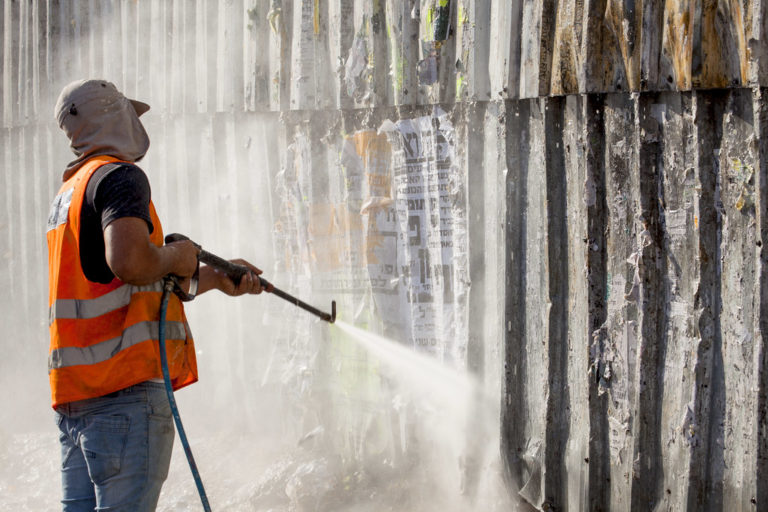
Pingback: Understanding How a Pressure Washer Works - Love 4 Cleaning Blogs
Pingback: How to Handle a High-Pressure Cleaner - Love 4 Cleaning Blogs
Pingback: Hot vs. Coldwater Pressure Washer - Love 4 Cleaning Blogs
Pingback: Hot vs. Cold Water Pressure Washer - Love 4 Cleaning Blogs
Pingback: Descaling of Toilets - Love 4 Cleaning Blogs
Pingback: 3 Easy Steps for Stripping Carpet Glue - Love 4 Cleaning Blogs
Pingback: How a Pressure Washer Works - Love 4 Cleaning Blogs
Pingback: How to Clean a Cast Iron Barbecue - Love 4 Cleaning Blogs
Pingback: How to Remove a Printer Ink Stain - Love 4 Cleaning Blogs
Pingback: 2 Steps to Clean the Nozzles of Your Printer - Love 4 Cleaning Blogs
Pingback: How Do You Strip Carpet Glue - Love 4 Cleaning Blogs
Pingback: How to Clean a UPVC Window - Love 4 Cleaning Blogs
Pingback: 3 Easy Steps for Cleaning Print Heads - Love 4 Cleaning Blogs
Pingback: How to Descale Toilets - Love 4 Cleaning Blogs
Pingback: 3 Easy Steps to Clean Your Microwave - Love 4 Cleaning Blogs
Pingback: How to Get Rid of Pool Limescale - Love 4 Cleaning Blogs
Pingback: 5 Uses of Soap That Will Surprise You - Love 4 Cleaning - THE BLOG
Pingback: 5 Easy Steps for Cleaning a Dishwasher - Love 4 Cleaning - THE BLOG
Pingback: How to Pick a High-Pressure Cleaner - Love 4 Cleaning - THE BLOG